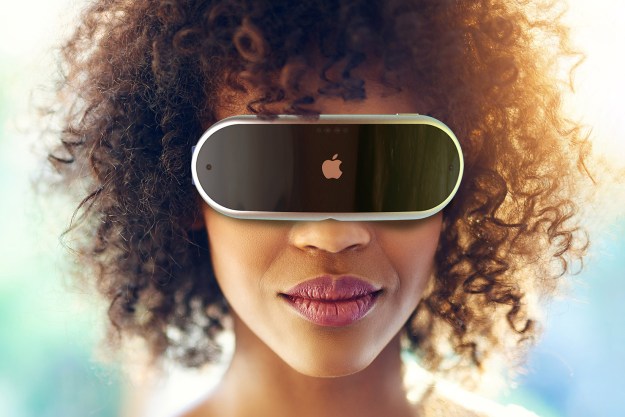It’s probably fair to say that Google Glass hasn’t been quite the massive hit that Google expected it to be. But researchers from Stanford University have had plenty of success with their work on a very specific application of the augmented reality (AR) headset: Helping kids with autism. Called the Autism Glass Project, the Stanford Medicine initiative has been ongoing for the past six years, with the kid users involved with the project referring to the results as “Superpower Glass.”
The idea is to help people on the autism spectrum to identify emotions on the faces around them when they might not otherwise process them in the same way for those not on the spectrum. This means recognizing the emotions seen on faces using the outward-facing camera on the Google Glass headsets and then representing them in emoji or written word popup seen by the wearers.
Users can also choose to have an audio cue in the form of a voice identifying the emotion sent via a bone-conducting speaker within the glasses, which only they can hear. The glasses can identify emotions including happiness, anger, surprise, sadness, fear, and more. An associated app lets caregivers review auto-curated videos of social interactions.
In a new editorial written for IEEE Spectrum, the researchers write that: “Because of the increasing imbalance between the number of children requiring care and the number of specialists able to provide therapy, we believe that clinicians must therefore look to solutions that can scale up in a decentralized fashion. Rather than relying on the experts for everything, we think that data capture, monitoring, and therapy — the tools needed to help all these children — must be placed in the hands of the patients and their parents.”
According to the article, the technology is currently on a “fast track” toward approval by the U.S. Food and Drug Administration (FDA). This would help get it into the hands (and, well, faces) of those who need it the most. More importantly, it would mean that it could be covered by health insurance plans as a verified augmented reality therapy.
You can keep up-to-date with the Autism Glass Project (and even get involved) via its dedicated website.
Editors' Recommendations
- We finally might know what Apple will call its AR/VR headset
- Apple may have just leaked its VR headset’s operating system
- Apple’s new AR headset may use Face ID technology to track hand gestures
- Microsoft and Samsung could team up on new AR headset
- As others hype up VR and the metaverse, Valve may be backing away


